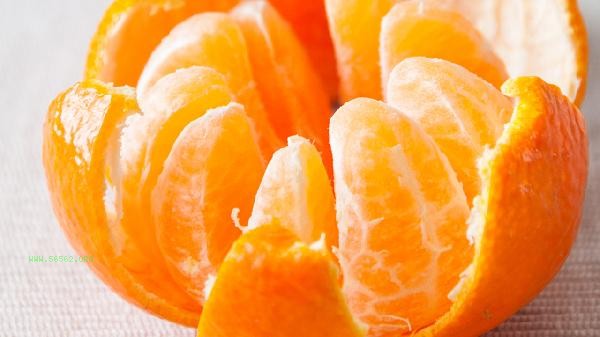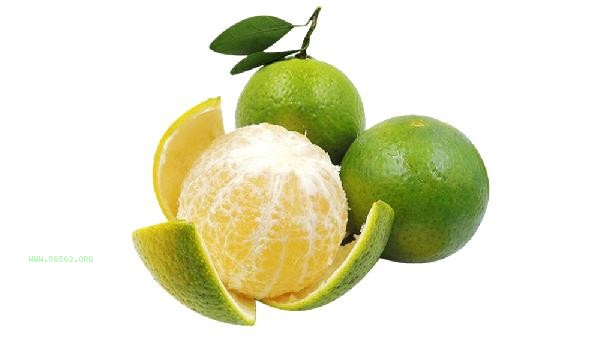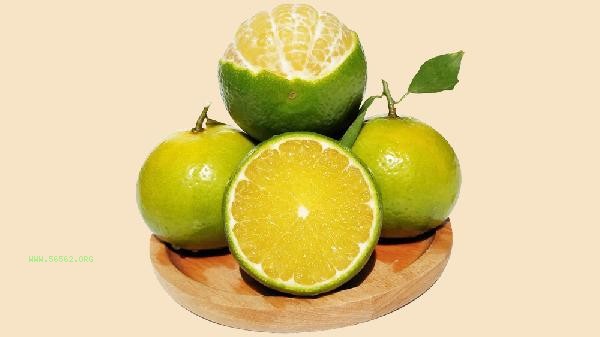Selecting oranges can be judged for maturity and freshness by observing their appearance, pressing for elasticity, smelling their scent, weighing them, and examining their stems. Fresh and ripe oranges usually have a smooth skin, uniform color, green and green stems, elasticity, and a fragrant aroma.

1. Observe appearance
High quality orange peel should present a uniform orange yellow or orange red color, and avoid choosing fruits with a bluish or partially white color. A smooth surface without dents, black spots, or mold spots is preferred, as a thick skin may affect the taste. Orange varieties that are launched in winter may have natural blemishes, but they need to be distinguished from disease spots.
2. Pressing Elasticity
Gently press the orange navel with your thumb, and the ripe fruit will show moderate elasticity. If it is too hard, it indicates that it is not fully ripe, and if it is too soft, it may be stored for too long. Be careful to avoid selecting oranges that show obvious indentations after pressing, as these fruits may have already begun to rot. Oranges with high adhesion between the skin and flesh usually have fuller juice.
3. Smell
Fresh oranges can be smelled with a fresh citrus aroma near the stem. If there is a fermented or sour smell, it has spoiled. Honey orange varieties have a stronger aroma, while sweet varieties such as sugar oranges have a lighter aroma. Oranges that have been refrigerated should be left at room temperature before smelling, as low temperatures can inhibit the evaporation of fragrance.

4. Weighing
Choosing oranges with a heavier texture for the same volume indicates that the flesh has sufficient moisture content. Overly light fruits may experience separation of flesh due to dehydration, which can affect their taste. Some varieties with thin skin, such as sugar oranges, are relatively light in weight and need to be judged comprehensively based on other characteristics.
5. Look at the fruit stem
The stem of a fresh orange is greenish green and tightly connected to the fruit. A dry and blackened stem indicates a longer harvesting time. Oranges with leaves need to observe the condition of the leaves, and fresh green and crisp leaves are an auxiliary indicator of freshness. Pay attention to the absence of mold or insect marks around the fruit stem.

When selecting, priority can be given to oranges directly supplied from the production area in the current season, and the maturity period of different varieties extends from autumn to spring of the following year. Sugar oranges, honey oranges and other varieties have the best taste from December to February. Soaking in salt water before consumption can remove surface residues, and people with gastrointestinal sensitivity should avoid consuming large amounts on an empty stomach. Orange is rich in vitamin C and dietary fiber. It is recommended that no more than 3 medium sized fruits be eaten every day. diabetes patients need to control their intake. Store in a cool and ventilated place to avoid mold growth caused by damp conditions.








Comments (0)
Leave a Comment
No comments yet
Be the first to share your thoughts!